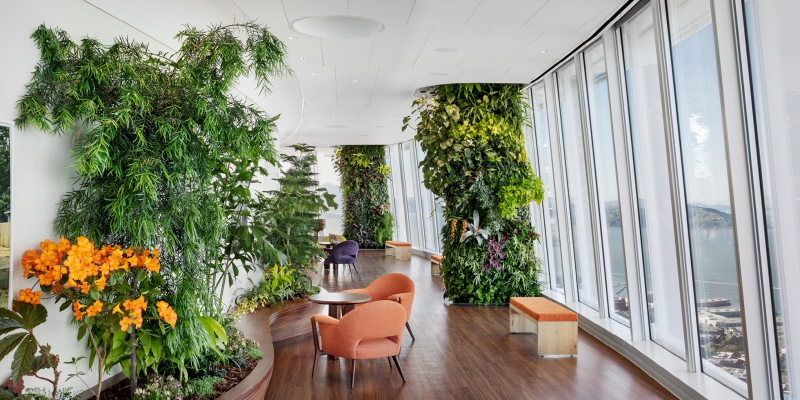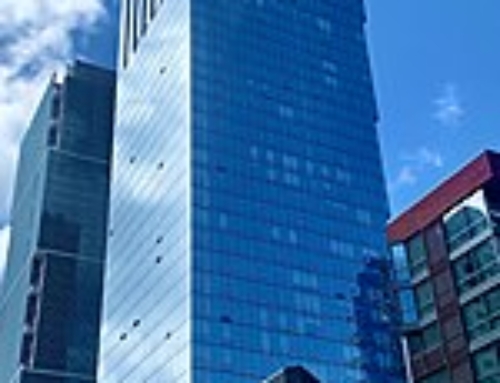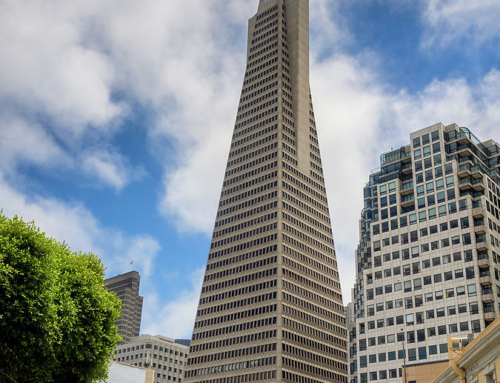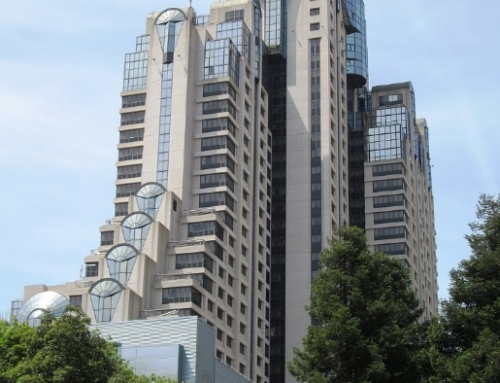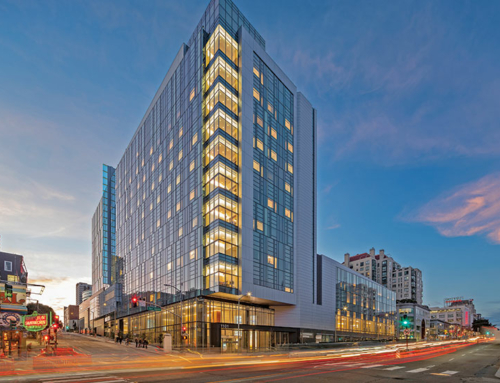When someone mentions psychology, you think of Freud, right? I do, although I admit I may be a bit crazy!
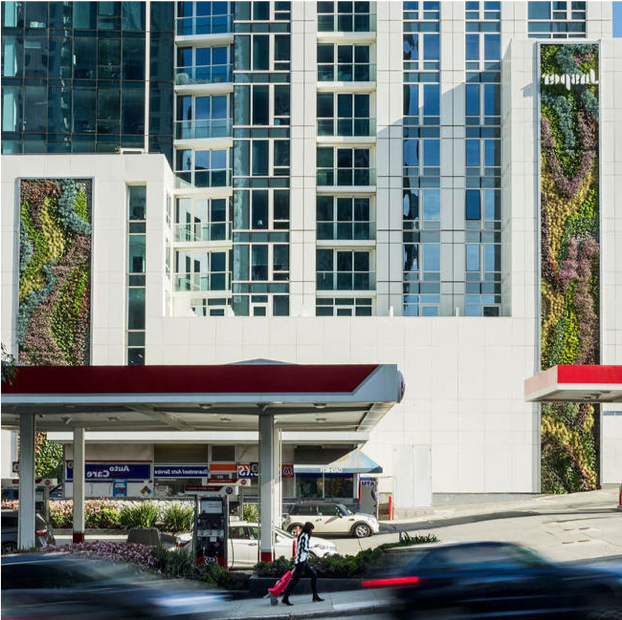 The living walls at Jasper, at the corner of 1st Street and Harrison, caught my attention many moons ago. You can see them here, adjacent to a gas station, which has recently been demolished for a new high rise. One recent sunny day, I sought out the founder/CEO of the company that created these living walls, David Brenner of HabitatHorticulture.com. We sat down and chatted over coffee near the historic Malt House. He was interested in psychology when he entered Cal Poly. I thought to myself, “Ok, I have known people who went to college and majored in psychology.”
The living walls at Jasper, at the corner of 1st Street and Harrison, caught my attention many moons ago. You can see them here, adjacent to a gas station, which has recently been demolished for a new high rise. One recent sunny day, I sought out the founder/CEO of the company that created these living walls, David Brenner of HabitatHorticulture.com. We sat down and chatted over coffee near the historic Malt House. He was interested in psychology when he entered Cal Poly. I thought to myself, “Ok, I have known people who went to college and majored in psychology.”
Then I learned…
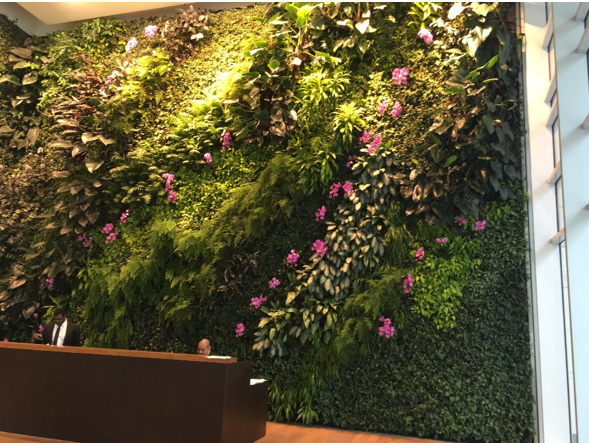 Living walls provide cooling and other good stuff. As a plant works to cool itself, it lowers the air temperature and reduces heat transfer inside a building, insulating the interior and decreasing the building’s energy consumption. So, when someone enters Tishman’s Foundry building at 505 Howard (reception/lobby seen on the left), they have a better workday ahead of them. During the winter, the additional layer of the living wall provides extra insulation, preventing heat from escaping.
Living walls provide cooling and other good stuff. As a plant works to cool itself, it lowers the air temperature and reduces heat transfer inside a building, insulating the interior and decreasing the building’s energy consumption. So, when someone enters Tishman’s Foundry building at 505 Howard (reception/lobby seen on the left), they have a better workday ahead of them. During the winter, the additional layer of the living wall provides extra insulation, preventing heat from escaping.
Indoor spaces often contain harmful volatile organic compounds (aka VOCs) which can cause headaches, fatigue, and respiratory problems. Plants can trap “particulate matter” and CO2 gasses while releasing oxygen. Essentially, living walls can improve air quality through the plant’s cooling process, known as transpiration, where water vapor is released through surface pores on the underside of the leaves. The associated humidity can reduce the negative effects of aridity such as dry eyes, difficulty in concentrating, and fatigue. Apparently natural greenery enhances self-esteem and reduces stress levels, improving workplace productivity and creativity, so these folks say. Who knew?
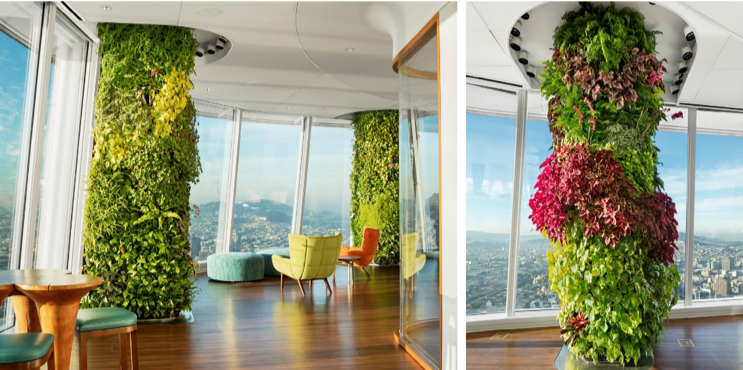
I surmise the multiple columns at Salesforce Tower seen here may have been installed for just these reasons.

